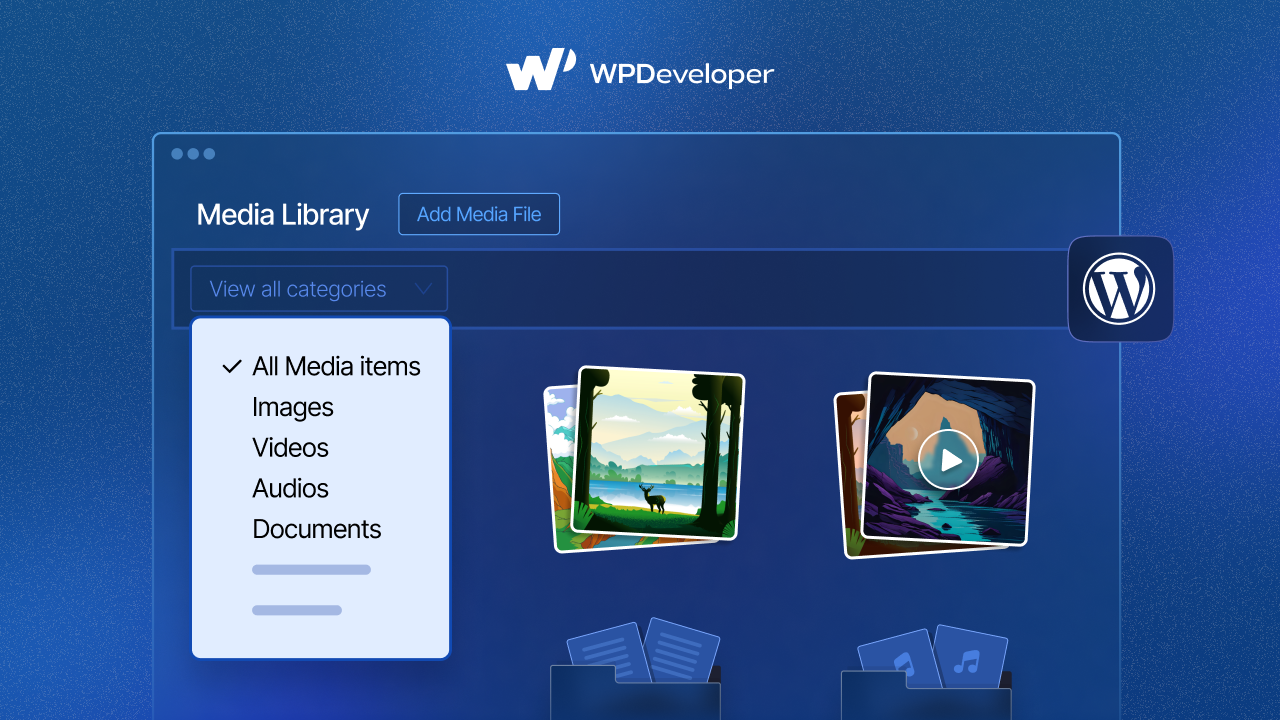A responsive app Landing Page is a great way to promote your apps. Its easier to get visibility on landing pages through organic search. Besides, whenever users face any difficulty using your App they will probably come online and land straight on your Landing Page.

The sole fact that users might arrive first at the Landing Page itself makes it an important aspect of your Website. You can display key features of your App to attract new users. You can add screenshots or gifs documenting the App in action and so on.
On the other hand, if users arrive on your Website while they are considering going for the PRO version, they will be looking for the pricing plans as well as key benefits of getting the PRO version. Moreover, apart from using the Landing Page to convert sales, you can also redirect users to it for gaining more subscribers. This makes your Website’s Landing Page so important.
Use Elementor Template
Elementor comes with a lot of handy templates. And luckily it has a bunch of Landing Page templates as well. Open your Elementor Editor and shoot up the Template Library. Use the keyword ‘Apps’ while searching through the templates. Pick one and move on to adding the content.

Populate the Template with your own content
Now it’s very important that you populate the Elementor Template with your own content, otherwise, your users will be really confused. While getting your own content to make sure a couple of things.
First, do not have too many distractions on the website. Start off by drafting a Demo Landing Page. Afterward, make concise paragraphs about the things you want to include on the Page. It’s always a better idea to avoid using texts when a simple CTA Button will suffice. Also, it isn’t a big deal if you have multiple CTA buttons on your website, only make sure you are using the right labels for them. As we are talking about making concise paragraphs and keeping as less clutter as possible on the Landing Page, you can use which will require the least effort- White Space. White Space is the blank space you will see between sections on Websites. It doesn’t kill the flow but it ensures your Landing Page radiates a vibrant and neat layout.
How Much information should you include?
Well, there is no rule of thumb for it. You don’t want to overwhelm your users with too much information neither do you want your users to feel confused due to lack of information. That’s a tricky job. The tricks you can use to overcome this dilemma is by dividing the Landing Page into different sections.
The beginning parts of the Landing Page can include some screenshots of the App interface and some intro. The following section can include the key features of your App. The next section that comes after it can include a pricing table. And lastly, you should always include a Subscription form.
Wrapping Up!
A Landing Page can take multiple scrolls to cover but that doesn’t mean it will lose its charm. We are not saying there are ways you can make your readers enjoy multiple scrolling. What we are saying is, you can insert an internal scrolling option for the Landing Page. You can use the native Menu Anchor widget, which will take your users to the sections they want to read first.

Or you can also use the EA One Page Navigation element from the Essential Addons bundle that places a floating sidebar on your screen so that navigating from any point on the Landing Page to any other random point is possible.






